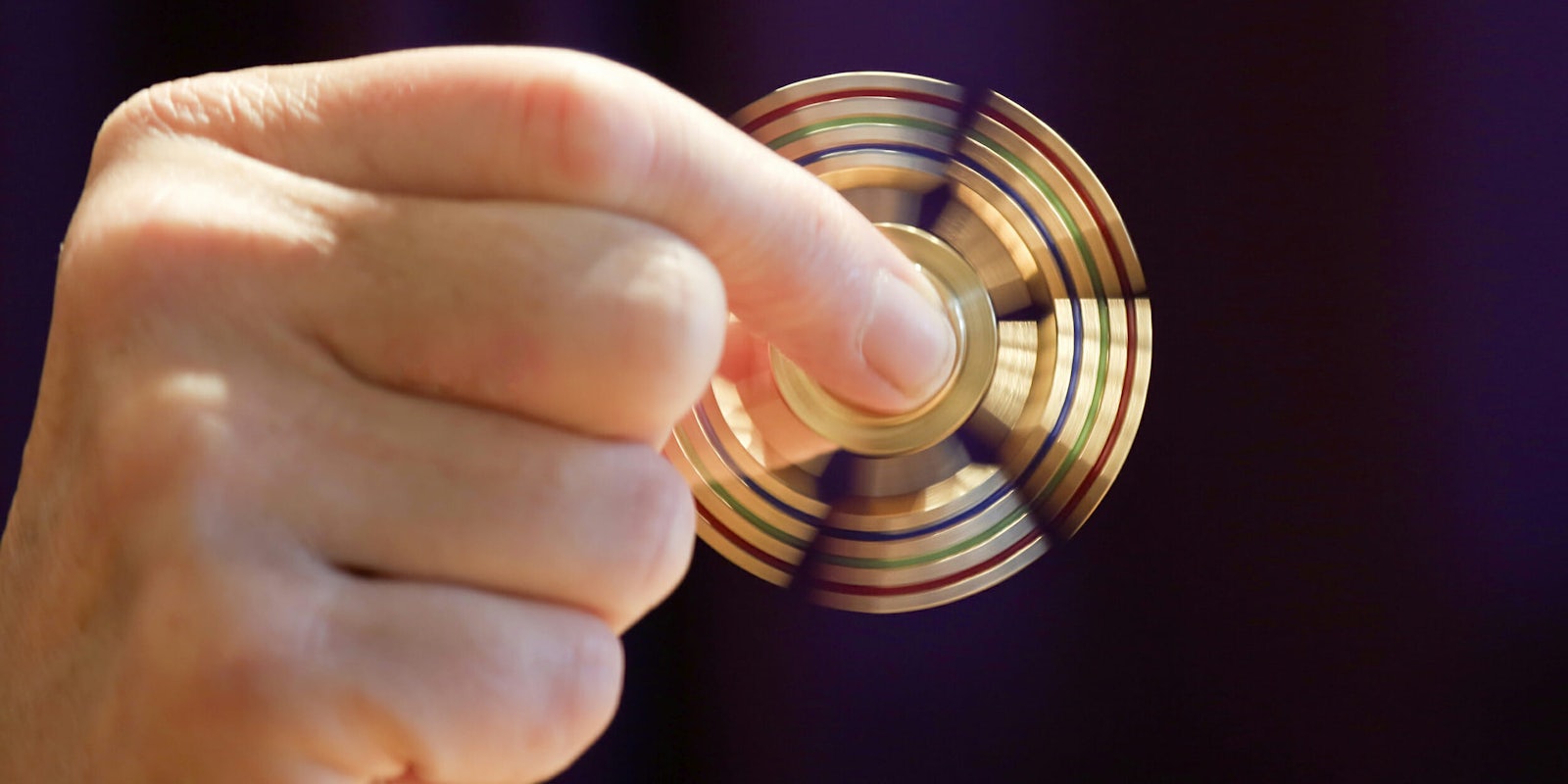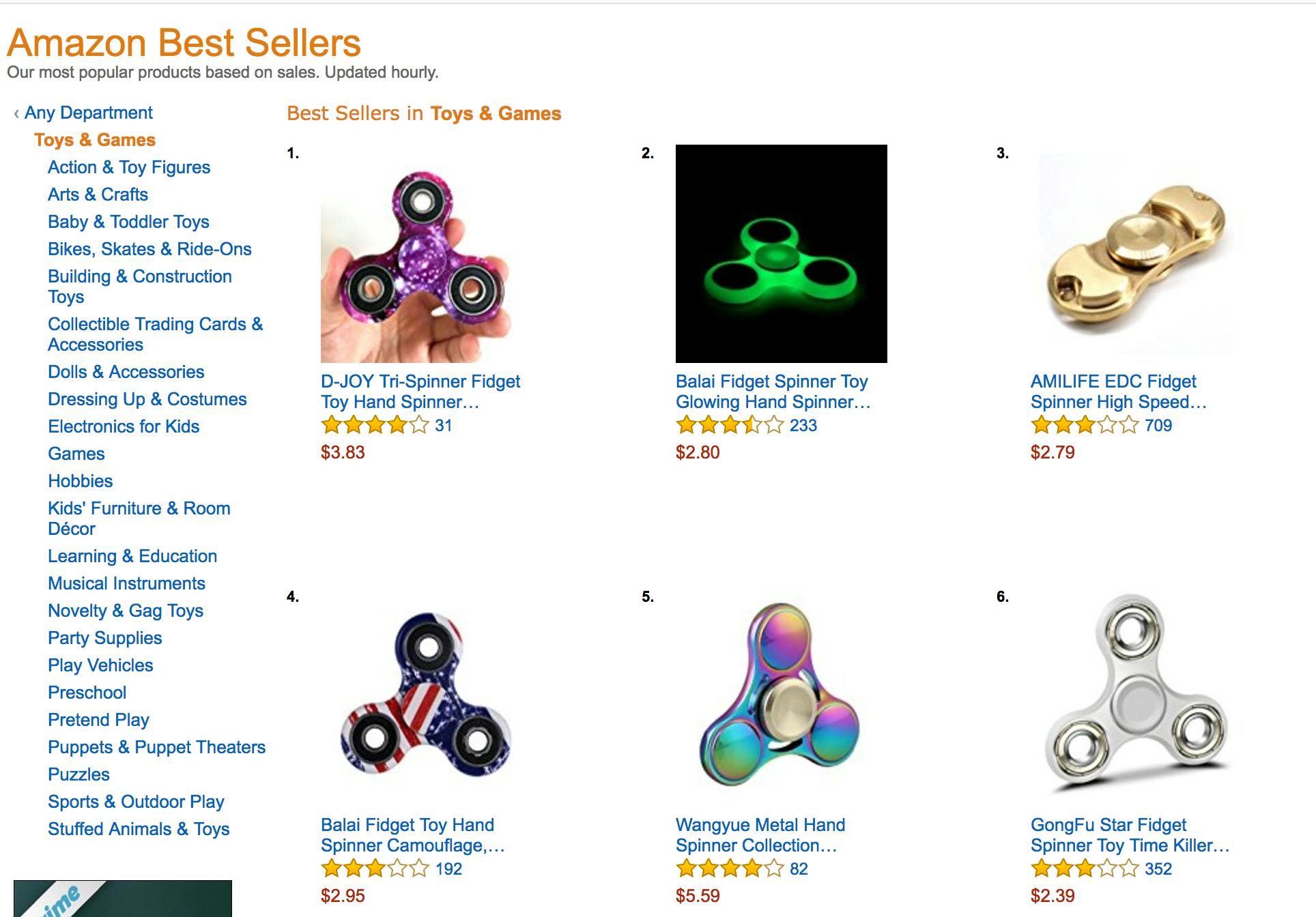Fidget spinners, those fiddly little toys with a disc at the center, have become an unstoppable craze. Kids can’t stop spinning them at home or in class, and even many adults admit to being obsessed. The colorful, controversial whirligigs are a source of debate among teachers, mental health professionals, and even the internet’s dank meme heads.
How did we arrive in this confusing, fidgety new world, and what does the future hold for the latest kids’ craze? Grab your spinners, because we’re about to answer all your questions.
So, what are fidget spinners, exactly?
It’s a toy with three arms that rotate around a central disk. It uses the same type of ball bearings you’d find in a skateboard wheel to extend its spin. These little things can keep going for minutes with one big push. You just have to hold the thing in the center and spin one of the blades. They also come in a huge range of colors, which makes them semi-collectible. Many kids have more than one.
Where did fidget spinners come from?
It’s not entirely clear.
One popular origin story, which started on Wikipedia and was later published by the New York Times and others, claims that a 62-year-old chemical engineer named Catherine Ettinger is the inventor of the fidget spinner. She’s not. Bloomberg reviewed her 1997 patent for a “spinning toy”—which lapsed in 2005—and found it’s completely different from the spinners that became ubiquitous this year.
An alternate theory attributes the toy to Seattle IT guy Scott McCoskery, who three years ago created and patented a toy he called the Torqbar. Although it only has two arms, not three, it’s clearly a progenitor of the popular tri-spinners.
The concept for the toy may also have emerged from a wildly popular 2016 Kickstarter project, the Fidget Cube, which included six different fidgety components, including buttons, switches and a spinning component.
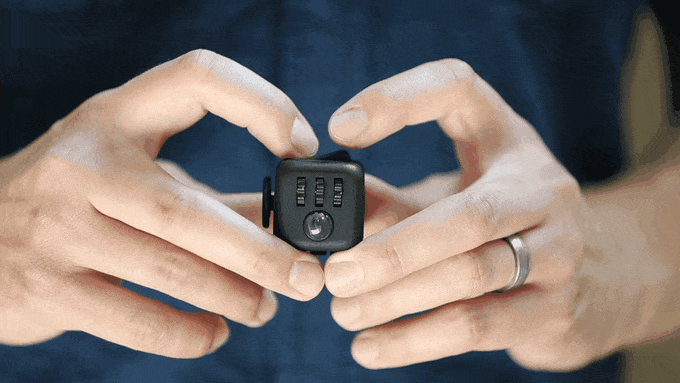
What are the big brands of fidget spinners?
The weird thing is that there aren’t any. The concept is simple enough that a number of companies you’ve never heard of all started making them at once. Some are even using 3D printers.
“[The spinner] may be showing us a new way to create a product, a meme-ification of manufacturing if you will, because just like an Internet meme spreads and morphs at a breakneck pace, so can manufacturing now,” NPR’s Kenny Malone posited on a recent episode of Planet Money.
The brands range from the high-end Torqbar, which goes for around $125, down to the $1 spinners you might see in YouTube reviews.
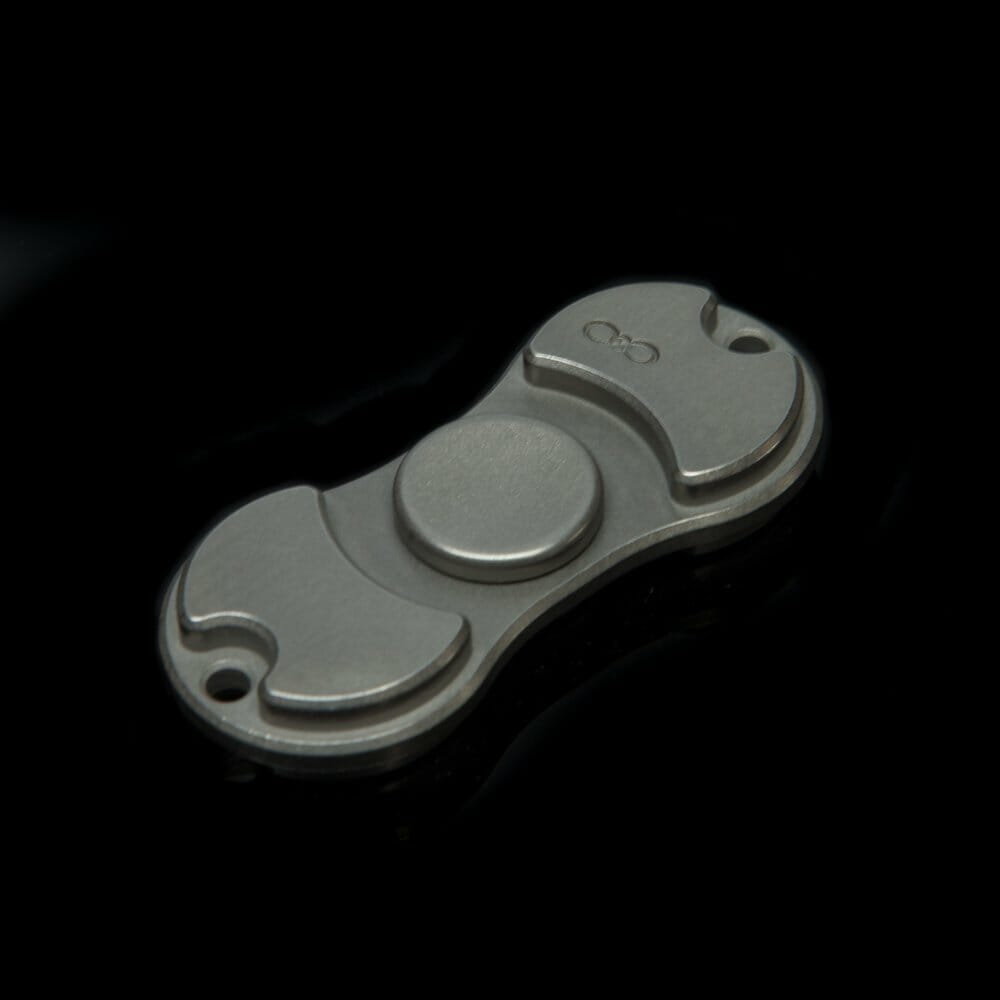
The spinners for sale on the Toys R Us website are by Watch-Us, a mid-sized toy car company based in Fairfield, Ohio that seems to have geared up for the spinner craze. They go for around $6.
The best-selling models on Amazon, where fidget spinners currently make up the entire top 20 of the “Toys and Games” category, come from by “D-Joy” and “Balai” and are shipped from China. They only cost 4 or 5 bucks.
The whole top 20? How popular are these things?
Well, the craze hit so hard and so suddenly that Toys R Us had to charter extra planes just to keep up with the demand. News stories have compared the spinner fad to Pokémon and Tickle-Me-Elmo, but with less time for retailers to prepare.
Do fidget spinners really help with stress and ADHD?
Probably not, according to experts.
Many fidget spinner peddlers make claims about reducing stress—”Perfect for ADD, ADHD, Anxiety and Autism”—but Mark Rapport at the Children’s Learning Clinic at the University of Central Florida told Time that they’re probably not helping.
Fidgeting is about movement, but kids aren’t getting that from the slick, low-effort spinners. “The spinner does the movement for them,” Rapport told Time.
“Many parents are desperate,” says Rapport. “They’re looking for magic. These claims raise their hopes, only for them to get dashed.”
Dr. Mark Stein of Seattle Children’s Hospital echoed that sentiment in an interview with Money. “My worry is that they’re very much a distraction, not only to the child, but it distracts people from doing something that we know works,” Stein said.
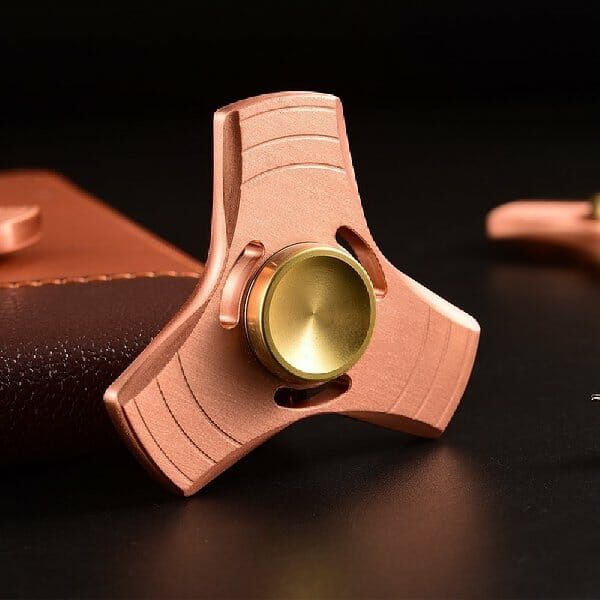
But, like it or not, spinners have become inextricably associated with ADD and autism, to they point that they’ve become a very popular, very cruel meme.
Spinner memes? What’s going on with that?
Well, the intersection of Reddit and 4chan—call it the “edgenet,” the “Chanterculture,” or any of a dozen other names—has long been obsessed with autism. Whenever someone exhibits signs of mental illness, a lack of social skills, or even just disagreement with a popular opinion on the message board, that person in their eyes is “autistic.” In meme communities, it’s begun to supplant 4chan’s old favorite, “cancer,” as a metaphor for anything perceived as bad.
And now that fidget spinners have arrived, the internet’s cruel stereotype of autism has an official logo. Spinner memes are everywhere on Reddit’s edgy r/dankmemes subreddit, and they’re mean as hell.
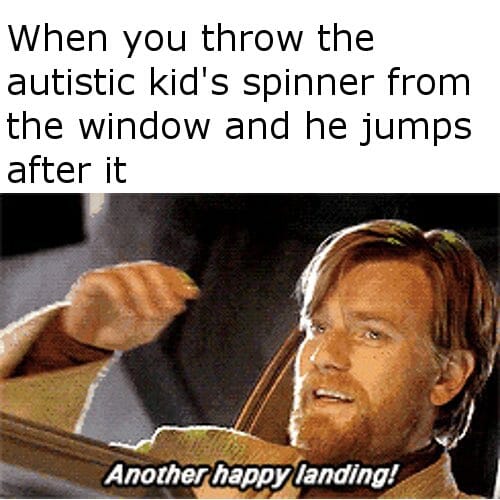

Wow, that was dark. I thought you were just talking about those viral spinner trick videos.
That’s a thing, too. It seems like all you need to get a million views on YouTube these days is a camera and a spinner.
These videos have gotten so big that the popular Fine Bros. YouTube network did an entry in their “react” franchise about them:
Basically, the fidget spinner is so popular that it’s spawned its own cottage industry of reviews, trick videos, and viral news stories.
So, should I let my kid have a fidget spinner?
Depends. Do you like your kid’s teacher?
Why? What do teachers think about them?
“Eff. These. Spinners,” writes teacher Cristina Bolusi Zalacki at Workingmother.com.
“These are not the helpful devices they were intended to be. Instead, they’ve become the Millennial/Gen Z/Linkster version of Pokémon cards, Pogs or Tamagotchis. Now I understand why MY teachers hated those obnoxious things with the same red-hot rage I feel for fidget spinners.”
“All of my teacher friends say they have multiple spinners in their desks because their students can’t stop spinning them in class,” writes Clem at Barstool Sports in a post confessing his addiction to his own spinner.
My kid behaves in class, though. I think I’ll get him one.
One?
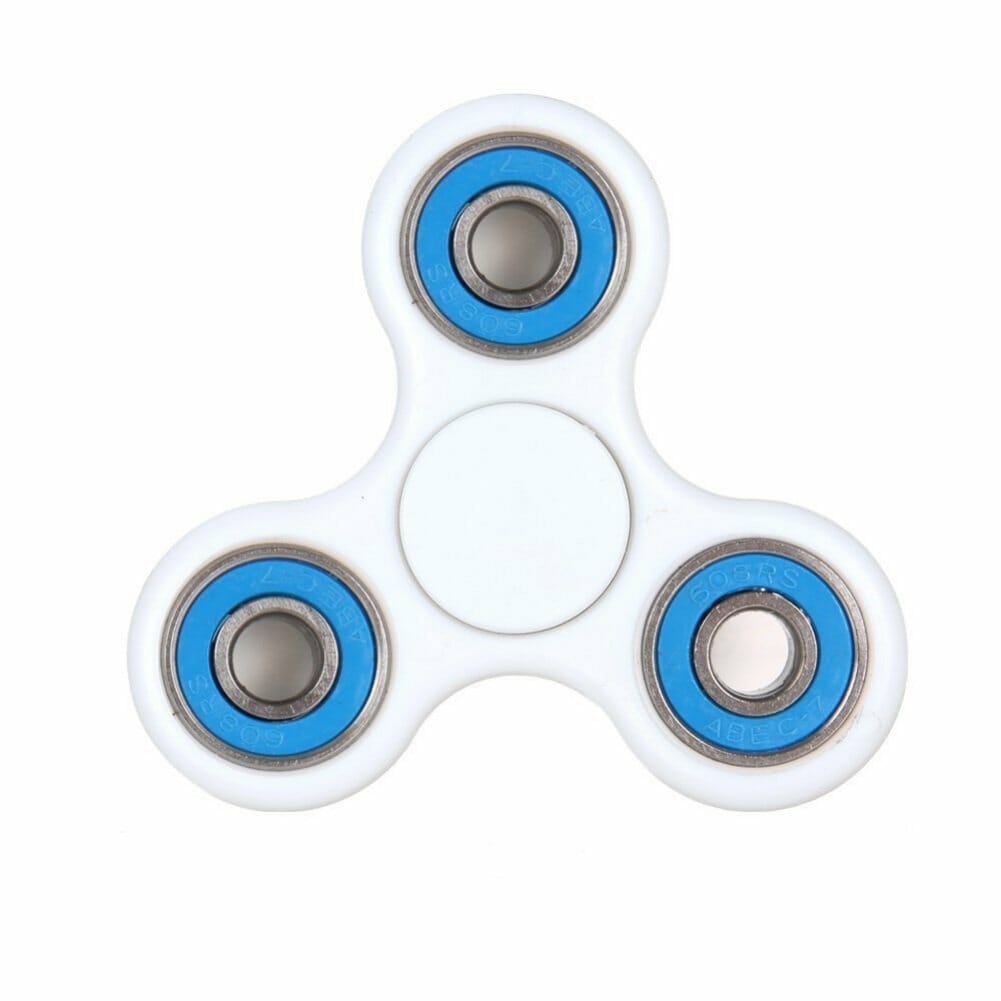
Yeah. Why?
Well, although they’re widely mocked by teens on the internet, spinners are status symbols for kids in middle school. They’re collected, traded, and shown off at school like any other toy fad.
“It’s like a friggin’ siren song,” Zalacki writes. “The allure of someone else’s spinner spinning is too much to bear. What color is it? What type is it? What shape is it? What’s it made of? How many arms does it have? Are there removable ball bearings in it? What are THOSE made out of?”
Plus, you need multiple spinners for certain tricks, and in case one breaks and spills its ball bearings all over the floor, something Zalacki says she’s also witnessed multiple times in class.
OK, I’ve changed my mind. That sounds terrible, and I want to ban spinners.
You’re not alone. Some schools in Minnesota and Maryland have already banned the toys, calling them a distraction. That hasn’t stopped the spinner revolution, though, and teachers around the country report racking up drawers full of confiscated fidget toys.
Looks like we’re stuck with spinners for the near future. Whooooosh.

